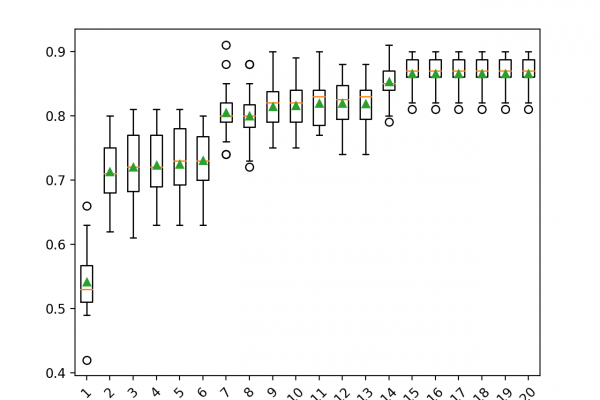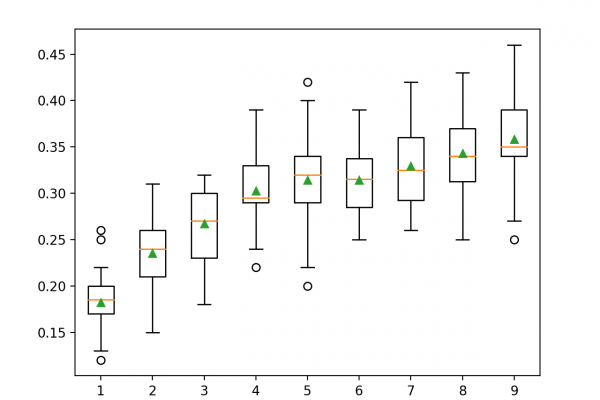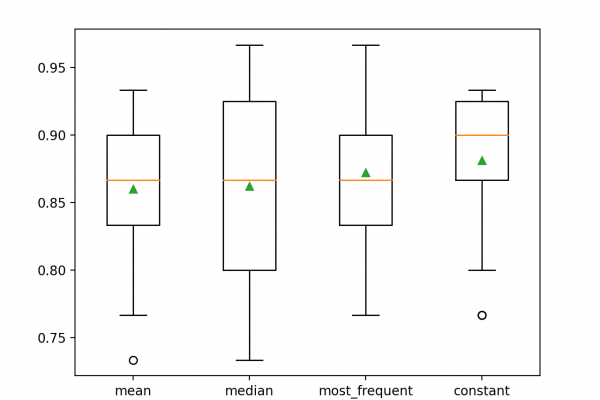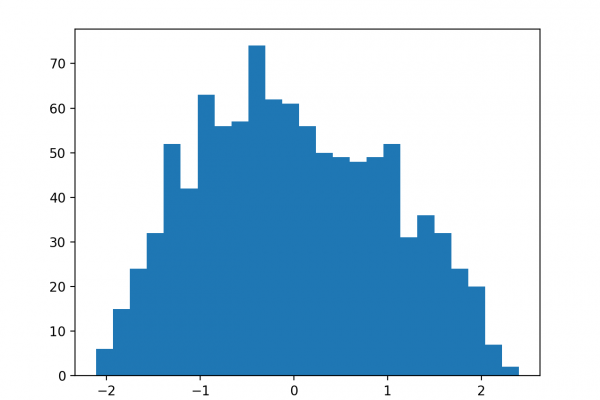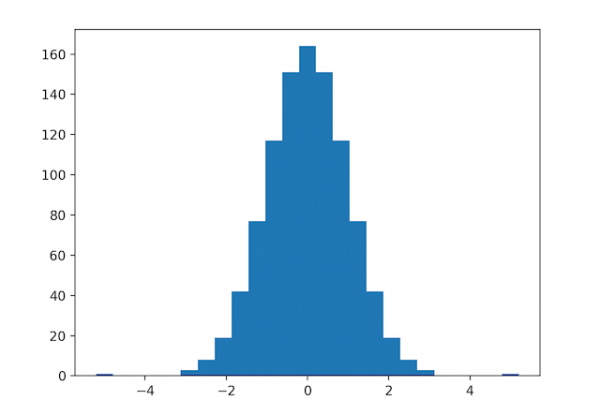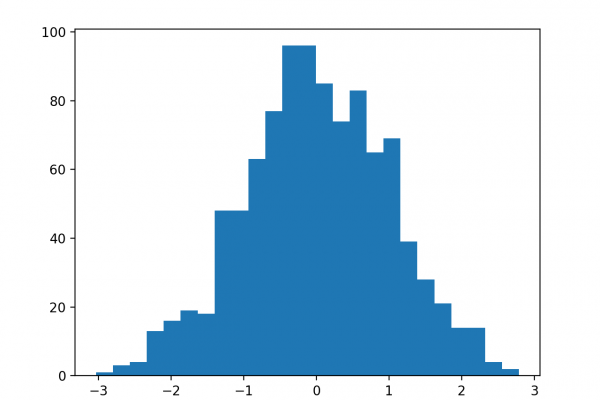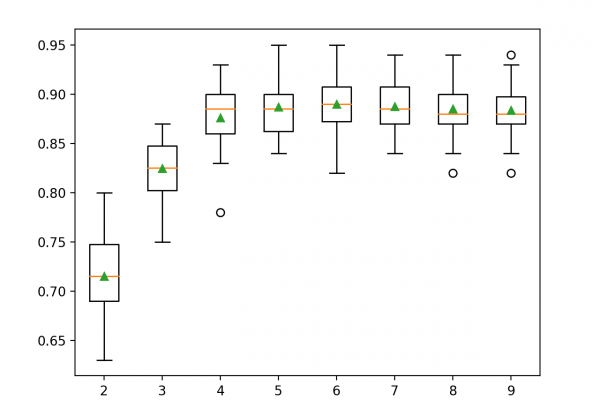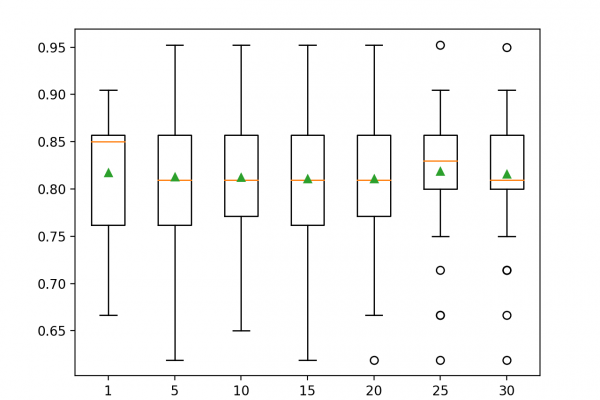Introduction to Dimensionality Reduction for Machine Learning
Last Updated on June 30, 2020 The number of input variables or features for a dataset is referred to as its dimensionality. Dimensionality reduction refers to techniques that reduce the number of input variables in a dataset. More input features often make a predictive modeling task more challenging to model, more generally referred to as the curse of dimensionality. High-dimensionality statistics and dimensionality reduction techniques are often used for data visualization. Nevertheless these techniques can be used in applied machine […]
Read more
